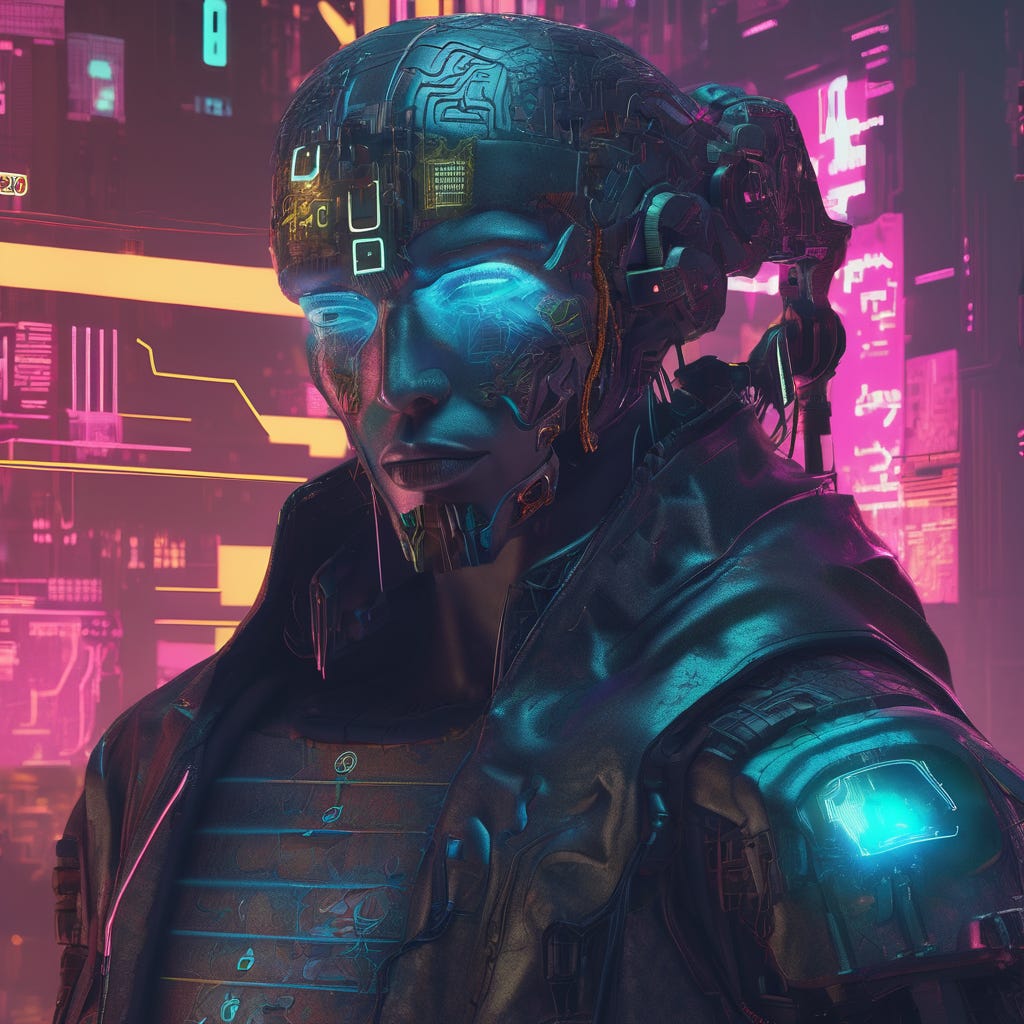On Autonomy, Agency, Memetics, and Hyperstition
The Next Frontier of AI Influence
People are spending way too much time thinking about climate change, way too little thinking about AI. - Peter Thiel
In the unfolding AI discourse, four concepts have emerged as central to understanding the societal and psychological impact of advanced machine intelligence: autonomy, agency, memetics, and hyperstition. These ideas—particularly in relatio…



